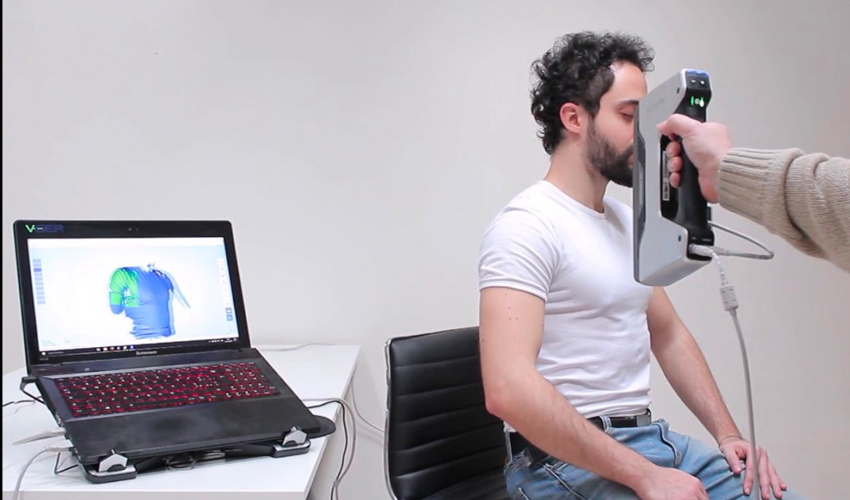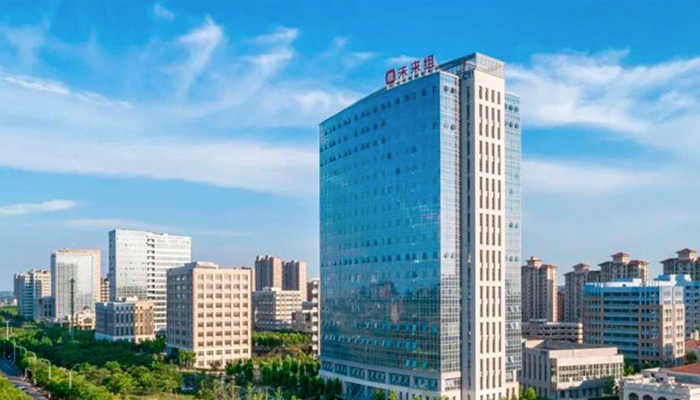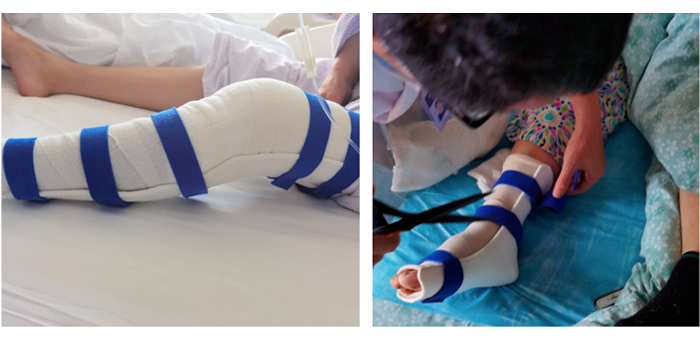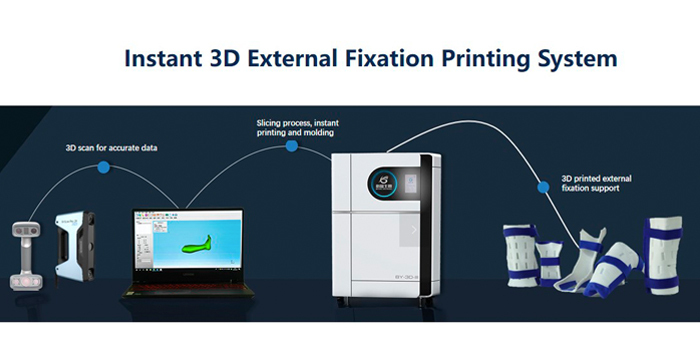How Can 3D Technologies Save Time and Costs in the Orthopedic Sector?

The medical sector has been greatly benefiting from the use of 3D technologies in recent years. One such example can be seen through one of the Chinese leaders in the field of orthopedics, Wuhan Biying Biotechnology Co., Ltd. Together with the help of the manufacturer SHINING3D, the two organizations created the world’s first instant 3D printing system for orthopedic external fixation. This solution will make it possible to meet the requirements of clinical practice specifications. In turn, this technology will reduce the time and costs associated with the production process, opening the door to new applications that were previously unimaginable.
From 3D scanning and digitizing methods to the additive manufacturing of medical equipment, the medical applications are numerous. In fact, according to research published by Research and Markets, the global market for 3D printed medical devices is expected to reach $4.9 billion by 2026. This figure demonstrates the ever-increasing growth around innovation and technological development in healthcare. In particular, one of the most prominent developments is related to the use of 3D scanners and 3D printers in the orthopedic sector with the aim of offering solutions tailored to the needs of each patient.

SHINING3D and Wuhan Biying Biotechnology have developed the world’s first 3D printing system for external orthopedic fixation (photo credits: Wuhan Biying Biotechnology)
Orthopedic External Fixation and 3D Technologies
Traditionally, orthopedic external fixation usually uses a plaster cast to aid the patient’s recovery. However, the patient cannot remove and clean it during treatment, so the effectiveness of the cast is affected. In addition, with little experience in CAD software and machinery handling, the entire production process can take a long time. Faced with this situation, the need has been emerging for solutions that allow users to readjust orthopedic devices with precision, promoting fracture healing without causing pain. And 3D technologies, both digitization and additive manufacturing, are the most optimal option in the orthopedic sector. This is what Biying Biotech’s R&D team observed after conducting several comparison tests and opting for collaboration with SHINING3D. Based on their results, they decided to integrate the EinScan Pro 2X multifunctional handheld 3D scanner and the EinScan H hybrid handheld 3D scanner.
The automated external fixation system created by the two organizations allows them to obtain patient physiognomy data through manual scans. Using starch-based powder composite materials, they can build external fixation brackets instantly through additive manufacturing of digital files and models. The SHINING3D team comments, “Compared to traditional petroleum-based materials, all-starch materials are more environmentally friendly and less expensive, with greatly improved aesthetics, hardness and body feel.” This has improved workflow and increased efficiency and overall production quality.

This automated external fixation system allows for better treatment for patients (photo credits: SHINING3D)
Let’s take the example of a wrist joint support. The first thing to do is to make a quick scan of the wrist and hand to digitize and get the 3D model on the computer. The data is then intelligently processed so that the design can be edited and prepared for fabrication. Once the model is ready, it is sent to the 3D printer so that it can be manufactured in a matter of minutes. This application case of the orthopedic external fixation system allows production times to be reduced by 90%. This improvement can be observed both in the process of obtaining the data and in the manufacturing of the orthopedic devices. The precision obtained when recording the information makes it possible to adapt the solutions to the patients, in order to achieve the best recovery position. Another outstanding benefit is the high degree of automatic processing, instant printing and molding, which are aligned with the specifications needed in clinics such as Biying Biotech.
Moreover, the porous design of the orthosis, with its light and breathable texture, effectively prevents contact with the patient’s wound, without affecting the change of medication and wound treatment. This in turn improves the healing rate. Minimal clinical contraindications, precise repositioning and firm fixation of the bracket promote fracture healing, reducing postoperative recovery time and alleviating overall pain. These advantages highlight the importance of innovative solutions in the medical sector and more specifically in orthopedics. You can find more information on the SHINING3D website HERE.

The 3D printing process for the external fixation system (photo credits: SHINING3D)
What do you think of the collaboration between Wuhan Biying Biotechnology Co and Shining 3D for the creation of external fixation devices using additive manufacturing? Let us know in a comment below or on our LinkedIn, Facebook, and Twitter pages! Don’t forget to sign up for our free weekly Newsletter here, the latest 3D printing news straight to your inbox! You can also find all our videos on our YouTube channel.
*Cover Photo Credits: SHINING3D







